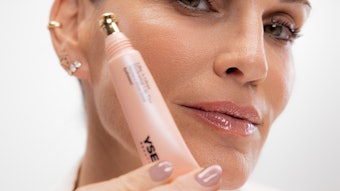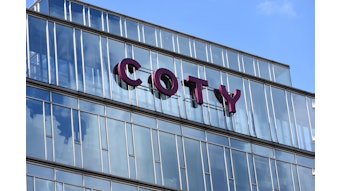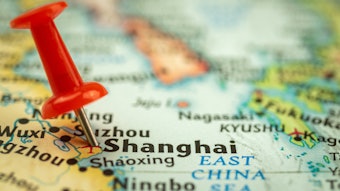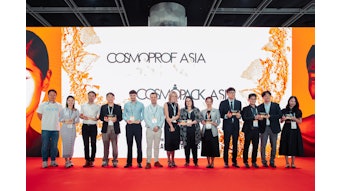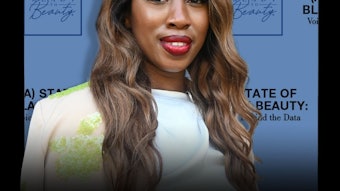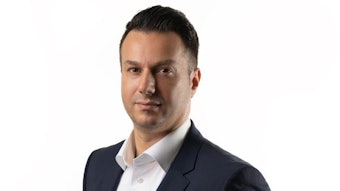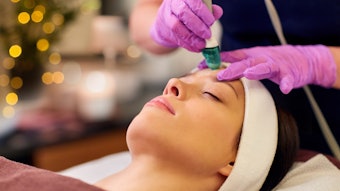I have been developing consumer brands and experiences for a variety of technology companies my entire career. Working at iconic consumer companies like Apple, Palm and others taught me a little bit about how to reach and engage consumers, and certainly the experience at Apple has reinforced the aspiration of making products that people LOVE.
Recently, however, I decided to fulfill a dream to create an iconic beauty brand that brings the magic of my homeland, Brazil, to the U.S., while preserving the Amazon and a way of life that is so fragile today. This company is called Teadora, which means “Adores you” in Brazilian Portuguese. While there has been a steep learning curve entering the beauty industry from technology, I have had the pleasure of working with many talented advisors and the comfort of one key tenet: “Consumer expectations and behaviors transcend industries.”
Regardless of industry, consumers want a few things:
- Products that are effective, that somehow create new value in their lives;
- products (and businesses) that match their own values;
- an experience that is fun, informative, and, most of all, easy.
There have been several things that have struck me as I have made this transition from the tech industry to the beauty industry. First, there is a wealth of best practices in other industries, you just have to look for them. For example, one of my favorite stores is The Home Depot. There is nobody who does a better job of signposting, helping you find things, helping you figure out how to do something right or better. This was a company I kept in mind when thinking about how people experience the search for a product from the Teadora website.
In the tech industry, there are also many best practices to learn from, and I would like to briefly review about the three that are most top of mind for me.
Three Transferable Best Practices
First, the key to successful tech is that technology should be there only to make it easy to achieve results. I call this concept transparent technology. It is only there to make our lives easier. If technology gets in the way of a consumer’s ability to achieve results they value—whether it is an iPhone application or a new type of spray pump—it has failed.
One can think that something will interesting to a consumer based on appearances alone, but the truth is nothing is interesting to a consumer unless it easily allows them to achieve better results with less hassle. This has been one of the keys to Apple’s ongoing success. In any sort of technology, packaging or ingredient decision, we constantly ask “does this make it easier for a consumer to get more value?” If the answer is no, it is not part of our product.
Second, educating consumers is difficult. Consumers don’t want to spend a lot of time researching, learning, etc.—especially on daily-use products. But several industries have developed some great best practices—and, as noted, these things transcend.
One of my biggest takeaways from the tech industry: as computers and devices such as phones became a staple in people’s homes, the importance of iconography in educating consumers was clear—from creating familiarity in easy to grasp concepts such as “Intel inside” to teaching consumers more complex things such as connecting and enabling printers and computers, or simply navigating through a smart phone screen.
The gist of this concept started in the early 1950s in Europe where a concept called Metro design influenced the way people navigated through subway stations and airports. At Teadora, we felt this very common approach in technology, seen nearly everywhere (whether you are using tablets, phones or specific applications) was a great best practice opportunity.
Our desire was to introduce a set of amazing ingredients to the U.S. (ones that had been used successfully in the Amazon regions for generations) and make them popular.
How could we create a set of highly visual elements that would drive familiarity while taking away the fear of the unknown inherent in a whole new set of ingredients with unfamiliar names that can be difficult to pronounce? We chose to take my learnings from the Mac vs. PC days and use iconography to describe and visually identify this new set of ingredients in a very easy and accessible way. Every bottle, every package has a consistent set of icons that show the key rainforest ingredients we use.
Other companies in the beauty industry have also taken advantage of this approach, but in a very limited way. In most cases, these companies, of whom we are huge fans of as a small startup, have used iconography primarily in relation to product functionality or as a way to denote certain standards—no animal testing or natural ingredients, as examples.
Fresh is a great example of a company besides Teadora that has started using icons to denote product functionality such as youth preservation, age delay and hydration. Lush and Tata Harper have used iconography to denote standards such as no animal testing, gluten free, no synthetic fragrances and ingredients. We believe the next level of iconography is to go beyond standard functionalities to utilize them to drive education, ownership and rapid familiarity around new and exciting ingredients. Our icons highlight the unique Amazon ingredients we use, which we call the Icons of the Rainforest.
Finally, consumers respond to “experiential.” In beauty, the experiential aspect consumers are familiar with tends to be the makeup counter. You sit there, try a few things and make a purchase decision. But walk into a Best Buy, for example. The experience may consist of a big screen, surround sound, chairs where you can put your feet up, a game console with access to the newest games and controllers with tactile feedback that rumble in your grip. The “experiences” of tech are anchored on “immersive experiences” where you enter a moment in time where all of your senses are part of the experience.
For us at Teadora, we have designed our products to take you to a moment in the rainforest: From the moment you see a package and reach for it (like plucking a fruit from a tree) to the tactile feel that tells the consumer it is something different. The scents may be earthy, floral or citrusy. Imagine water, infused with Brazilian super fruits, readily available. The sounds of rain dripping onto leaves. The experience is designed to be immersive, to transport you to your own special moment. The next step is to bring this super immersive experience to retail, so stay tuned.
Valeria Cole is the founder and CEO of Teadora, which offers high-performance bath and body products made with unique sustainable natural and organic rainforest ingredients. Prior to Teadora, Cole served as a senior director for channel marketing programs at Microsoft, where she led Windows phone marketing efforts with mobile operators, retailers and OEM partners worldwide. Prior to her tenure at Microsoft, she spent six years at Apple as the head of Latin America Marketing. Cole holds a masters in business administration from Our Lady of the Lake University in San Antonio, Texas.
